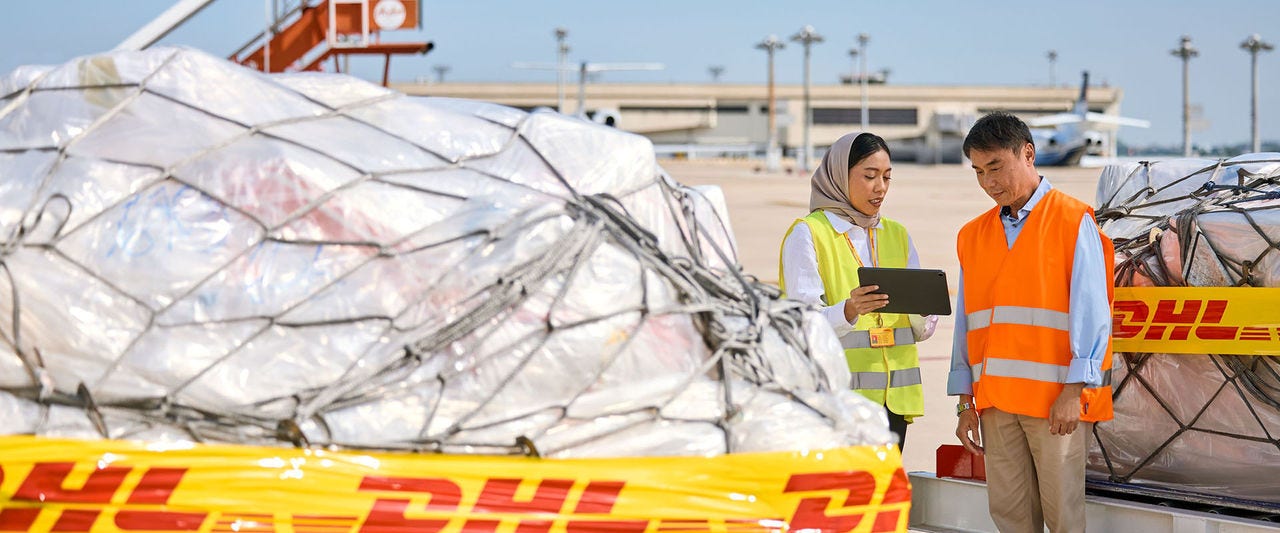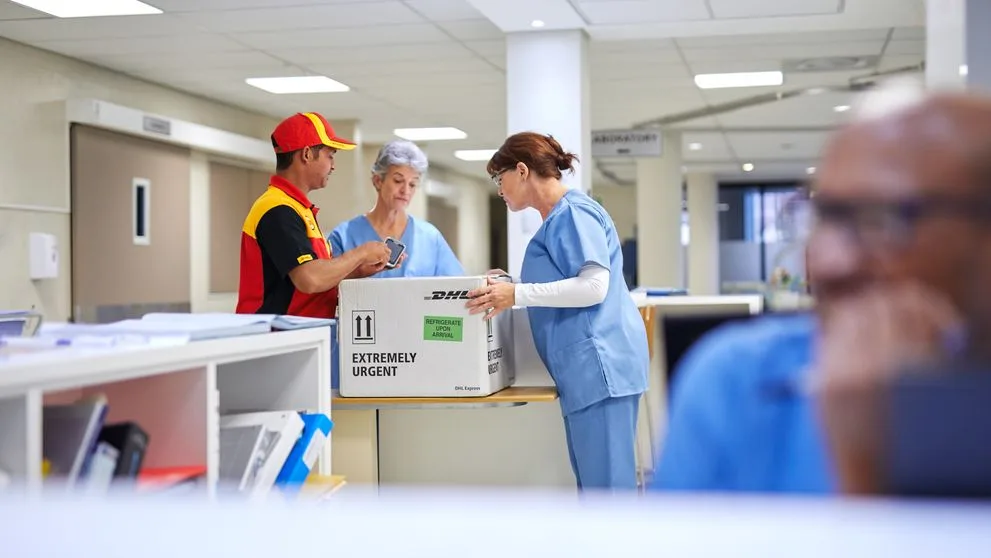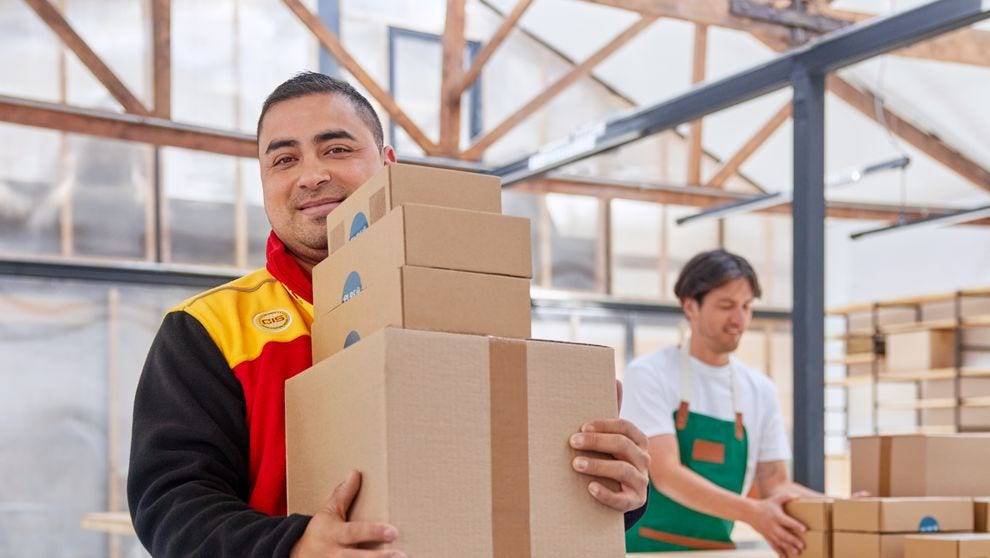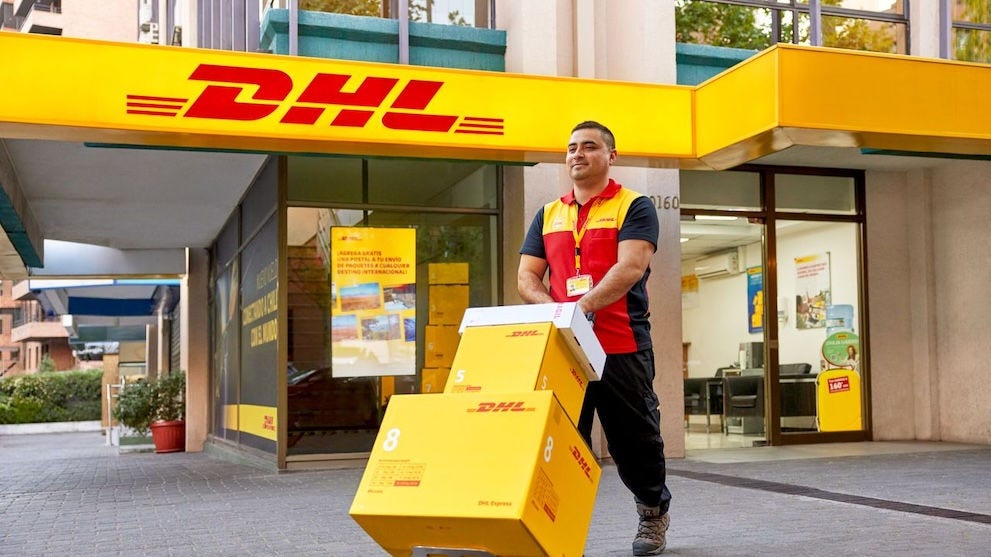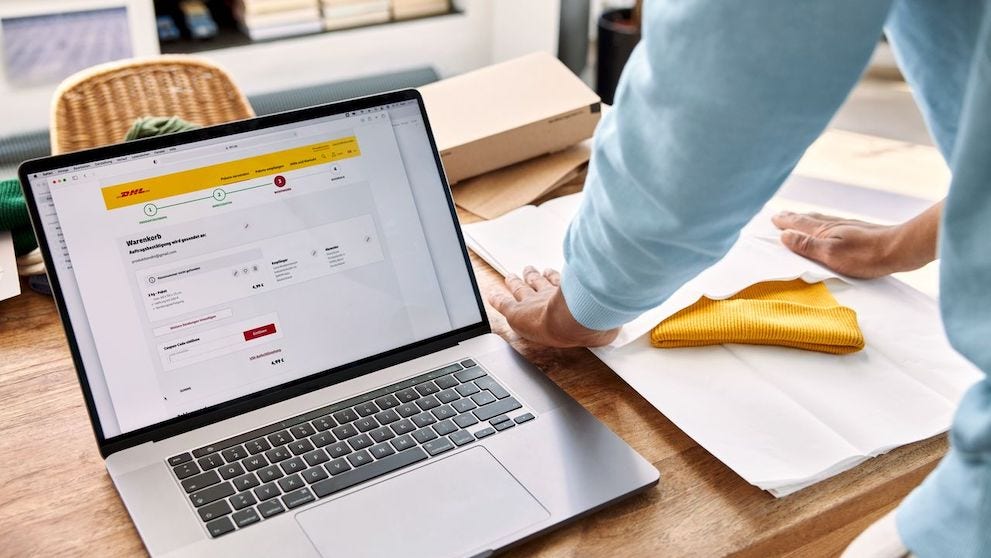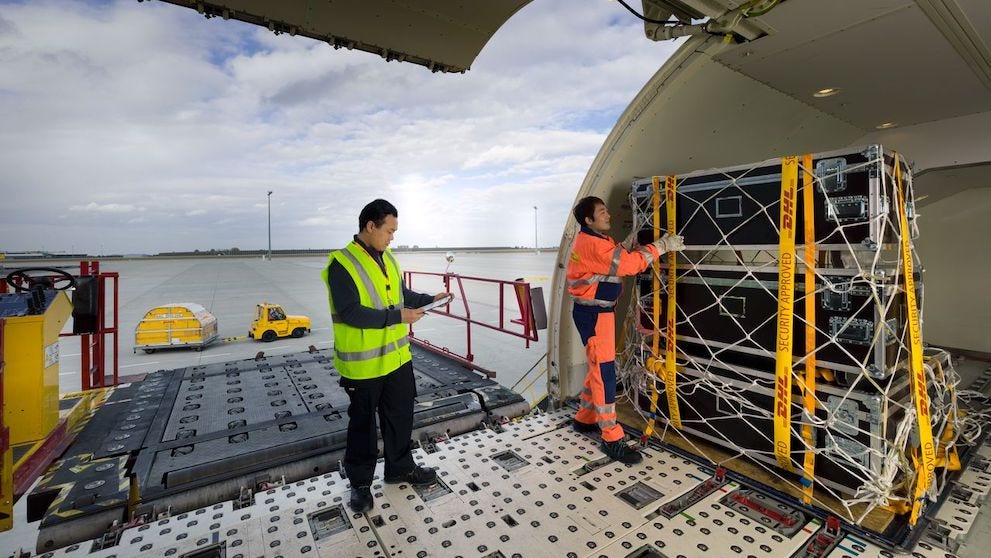
Discover how to navigate the logistics and customs landscape and enhance your business operations in this dynamic region.
As ASEAN emerges as a key growth region for Hong Kong exporters, navigating the logistics and customs landscape across Southeast Asia is becoming increasingly vital—particularly for small and medium-sized enterprises (SMEs) eager to expand efficiently and grow strategically. To support this goal, DHL Express and the Hong Kong Trade Development Council (HKTDC) recently co-hosted a seminar focused on overcoming regulatory and operational barriers through smart logistics strategies.
The event featured practical insights from industry experts on managing ASEAN’s market diversity, leveraging technology, and tackling challenges like customs compliance and documentation—ultimately building resilience in cross-border trade. These discussions are especially timely as ASEAN continues to attract global manufacturers shifting operations under the “China Plus One” strategy, gaining momentum and geopolitical tensions reshaping trade flows, ASEAN proximity to China and favorable foreign investment policies. This has fueled a rise in intra-Asian trade, reinforcing the region's role as a major production and consumption hub.
Hong Kong's strong trade ties with ASEAN highlight the importance of staying informed. As the city’s second-largest merchandise trade partner, ASEAN accounted for 12.8% of Hong Kong’s total trade in 2023, reaching US$145 billion. The ASEAN-Hong Kong Free Trade Agreement (AHKFTA), now fully in effect, has opened new opportunities for exporters through reduced tariffs and simplified procedures. But to fully leverage these benefits, SMEs must be equipped with the right knowledge and tools to navigate varying customs requirements across the region.
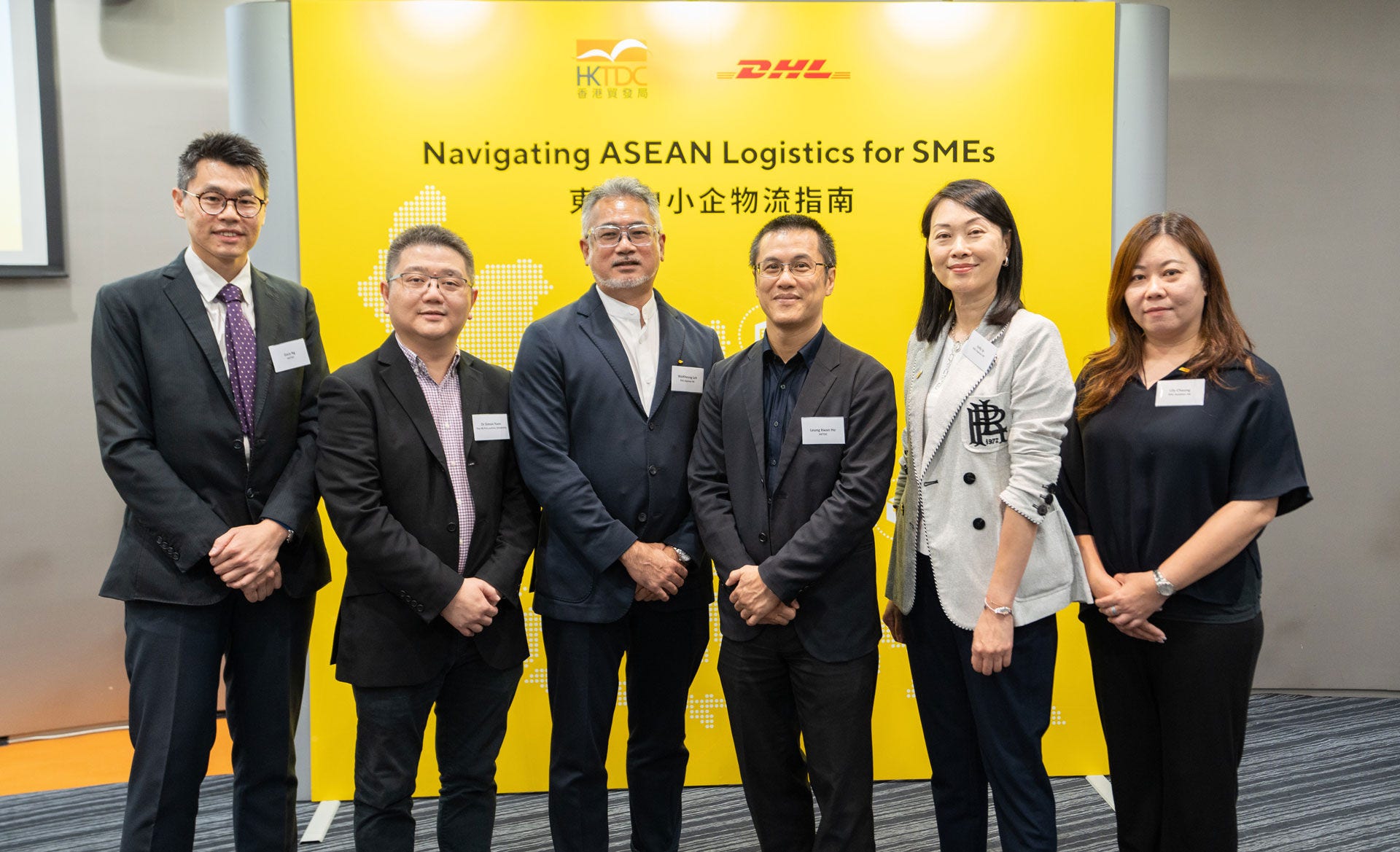
From Compliance to Connectivity: Key Challenges—and How to Navigate Them—When Shipping to ASEAN
Although ASEAN is often referred to as a single economic region, it is not a unified customs bloc. Each member country has its own customs regulations, tax rules, documentation requirements, and clearance procedures. For SMEs looking to expand across ASEAN, this means that a ‘one-size-fits-all’ logistics strategy simply doesn’t work.
For instance, Singapore offers one of the most streamlined import processes in the region—low duties, a high de minimis threshold (SGD400), and minimal documentation. Yet, shipments must still include detailed commercial invoices with full consignee information and accurate goods descriptions to avoid delays.
Meanwhile, Thailand’s import process is more intricate. Certain categories of goods require an import license or certificate of origin, and the country uses the ASEAN Harmonized Tariff Nomenclature (AHTN) system, an eight-digit classification extending the global HS code. Choosing the wrong HS code can lead to delays, penalties, or additional duties.
These examples highlight a key point: navigating ASEAN logistics requires local insights and tailored preparation for each market.
1. Understanding Customs Duties, Taxes, and Total Shipping Costs
One of the most common challenges for SMEs shipping to ASEAN markets is the unexpected cost of import customs duties and taxes. Many first-time shippers assume that paying for courier services covers all fees, only to discover later that government-imposed import taxes are a separate expense. These vary by country and commodity type, so it’s essential to research duty rates ahead of time and budget accordingly. Shippers also have the option to use DHL’s Duty Tax Paid (DTP) service to prepay these charges on behalf of their customers, streamlining the delivery process and improving customer satisfaction.
2. Ensure Complete and Compliant Documentation
Beyond duties, documentation requirements differ across ASEAN countries. What qualifies as sufficient paperwork in one market may fall short in another. For example, shipping cosmetics to Thailand may require Food and Drug Administration (FDA) approval, while Brunei only accepts a commercial invoice and does not recognize proforma invoices. Additionally, including the country of origin on invoices can help speed up customs clearance processes in Singapore.
Customs clearance delays are often caused by vague or incomplete commercial invoices. A vague description like “clothing samples” can trigger customs inspections, whereas a detailed description like “Men’s cotton T-shirts, size L, not for resale” provides clarity. Including the recipient’s full contact details and the purpose of shipment (e.g., resale, sample, personal use) also helps prevent issues.
| Unacceptable | Acceptable |
|---|---|
| Samples | Samples of curtains and interior blinds, made of 100% of cotton |
| Parts | Parts of pumps for liquids, fitted with a measuring device made of 100% steel |
| Gifts | Prescription sunglass frame, made of 100% acrylic |
| Textiles | Women’s T-shirts, made of 50% cotton and 50% polyester |
3. Use Correct HS Codes
Understanding and correctly applying HS Codes is essential. ASEAN countries follow the ASEAN Harmonized Tariff Nomenclature (AHTN)—an 8-digit system that builds on the global 6-digit Harmonized System (HS). The HS code determines not only the duty rate but also if licenses or import restrictions apply.
4. Check for Licensing & Certification Requirements
Depending on what you’re shipping and where it’s going, your goods may require import permits, certificates of origin, or safety compliance documents. These vary across ASEAN member states and product types, so consult with logistics providers or customs consultants to stay compliant.
DHL’s Regional Advantage: Beyond Shipping
As SMEs grow their presence in ASEAN, choosing the right logistics partner becomes critical. DHL’s extensive Asia Pacific network—including direct flight routes from Hong Kong to ASEAN cities —reduces transit times and improves service reliability. Coupled with on-the-ground customs know-how and dedicated customer service teams, DHL empowers SMEs to navigate complexity with confidence.
DHL’s extensive coverage and network in Asia position us well to support this supply chain diversification:
Strategic Infrastructure Investment: Our network features the expanded Central Asia Hub in Hong Kong, the South Asia Hub in Singapore, and the Bangkok Hub - ensuring seamless connectivity across ASEAN markets.
Enhanced Air Capacity: Direct Hong Kong-Jakarta flights and expanded Kuala Lumpur gateway operations.
Ground Logistics Network: 7,100+ ground vehicles and 1,000+ facilities in Asia Pacific.
Customer Support: 24/7 hotline, Duty Tax Paid (DTP)/Duty Tax Unpaid (DTU) flexibility, and local clearance teams.
These capabilities, along with digital tools like MyGTS, form a comprehensive ecosystem that helps businesses scale smoothly across borders. Here’s how MyGTS can support your cross-border operations:
Real-Time Customs Insights: Access up-to-date regulations and documentation requirements for ASEAN markets, ensuring shipments meet local standards.
Accurate HS Code Classification: Search for the correct ASEAN Harmonized Tariff Nomenclature (AHTN) codes—critical for determining duties, restrictions, or licensing needs—using keywords or a structured directory.
Landed Cost Estimates: Calculate total shipment costs (including duties and taxes) upfront to avoid surprises and improve budgeting.
By integrating tools like MyGTS with DHL’s regional network, customs expertise and tailored support, SMEs can overcome regulatory hurdles, minimize delays, and focus on growing your ASEAN market presence.
The way forward with DHL Express
Whether you're importing or exporting, opening a DHL Express Corporate Account means all the hassle of customs will be taken care of for you, so that you can focus on the business of selling!
Open a DHL Express Corporate Account to Enjoy Special Discount Today!